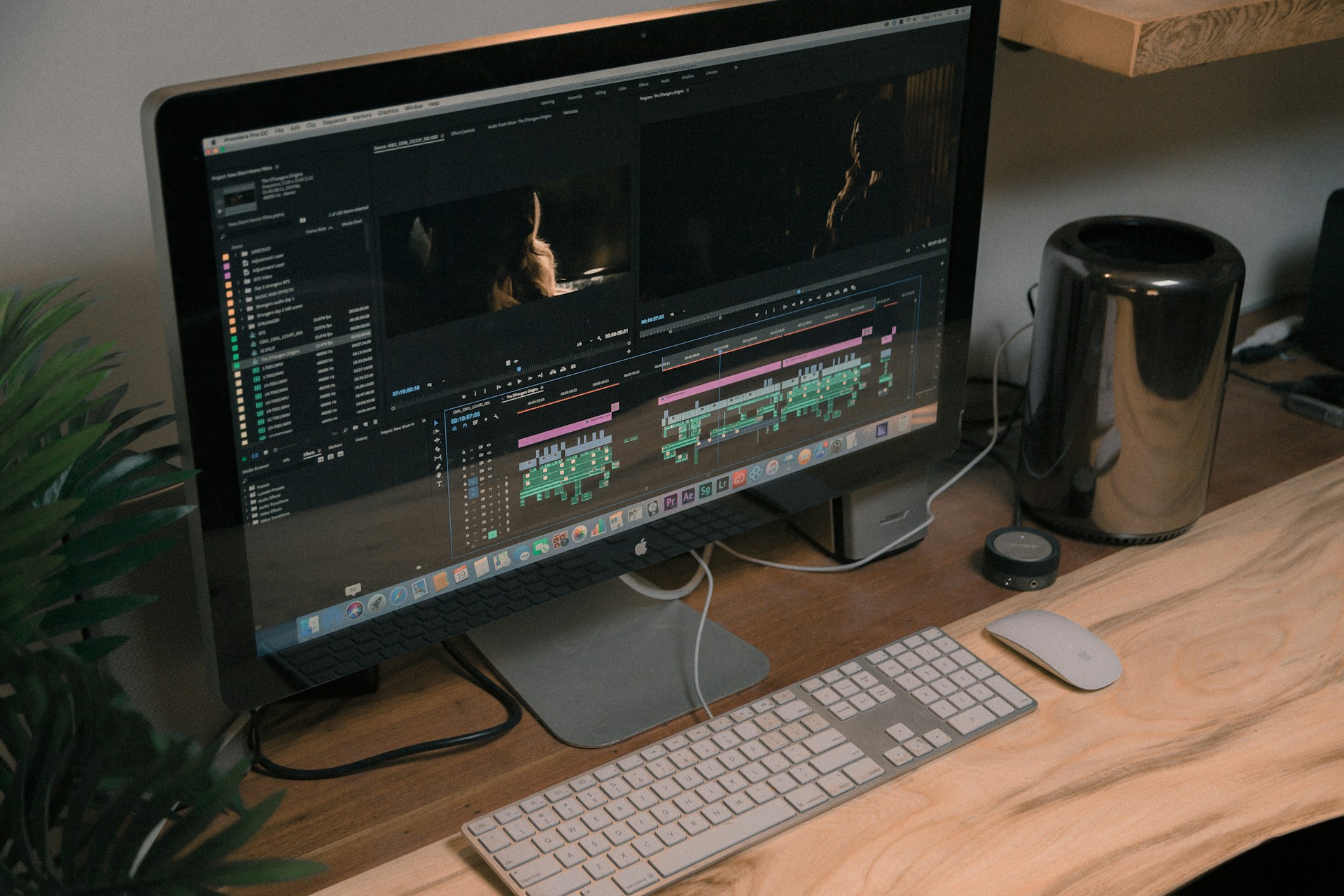Creating a pitch deck that captures attention and effectively communicates your message can make a significant difference in business presentations. Many professionals find their pitch decks bogged down with too much content, which can distract rather than inform. A cluttered pitch deck is often characterised by too many elements vying for attention, leaving your audience confused about the main message.
When a pitch deck is cluttered, the true essence of the presentation can get lost in the noise. It’s like trying to have a conversation in a room full of people talking at once. To truly connect with your audience and make a memorable presentation, your pitch deck needs to be clean and straightforward. This means stripping away unnecessary elements and focusing on what truly matters.
Identifying Common Issues in Cluttered Pitch Decks
Identifying the problems in your pitch deck’s design is the first step to solving them. Often, these issues stem from trying to over-explain or over-impress. Here are some typical problems you might encounter:
– Excessive Text: Packing slides with too much information can overwhelm your audience. A successful pitch deck should have concise and focused text.
– Overuse of Images: While visuals are essential for engagement, too many can crowd a slide and distract from your main points.
– Chaotic Layouts: A disorderly arrangement can make it hard for your audience to follow your narrative.
These issues detract from the effectiveness of your presentation. When slides are cluttered, your message can get lost, making it challenging for your audience to grasp the key points. For instance, imagine trying to read a story where the plot is buried under unnecessary details. It’s crucial to ensure that each element of your pitch deck serves a purpose and contributes to a coherent message.
Organising Content for Clarity
Achieving clarity in your pitch deck involves careful organisation and prioritisation of content. Start by focusing on what’s most important:
– Prioritise Information: Identify the key messages you want to convey and structure slides around these themes.
– Logical Flow: Organise your slides in a way that tells a story. There should be a clear beginning, middle, and end to your presentation.
– Use Headings and Subheadings: Break down the content into manageable pieces using clear headings that guide your audience through your talk.
A coherent narrative flow is vital for keeping your audience engaged and ensuring they walk away with the understanding you intend to impart. Much like reading a well-organised book, your audience should be able to follow your argument with ease, without getting sidetracked by irrelevant details. Use visual cues and white spaces to guide the viewer’s eye naturally, making it effortless to follow the progression of your presentation.
Simplifying Visual Elements
Keeping visuals simple and effective is crucial in ensuring your pitch deck communicates effectively. Overly complex graphics can be distracting, turning a slide into a puzzle rather than a guide. Simplify your visuals to reflect your core message without extra noise. Use crisp, clear images that add value and are directly related to your content. This way, each visual element plays a supporting role rather than upstaging your message.
Consistency in fonts, colours, and styles brings harmony to your presentation. Choosing a uniform colour palette, for example, helps maintain visual coherence, making transitions from one slide to the next feel seamless. It’s like reading a well-designed book where each chapter flows naturally from the last. Try using white space effectively to avoid crowding. White space gives each element a chance to breathe, making it easier for your audience to digest information. Through consistent formatting, you can present a polished pitch deck that enhances your message.
Effective Use of Multimedia
Multimedia, when used wisely, can significantly enhance your pitch deck by adding dynamic layers to your presentation. The key is knowing when and how to incorporate these elements without causing distraction. Videos, for instance, can help illustrate complex ideas in a straightforward manner. However, they should be short and relevant, contributing directly to the narrative.
Strike a balance between visuals and text. Avoid clutter by letting multimedia elements support key points rather than overpower them. A simple rule of thumb is to ensure each piece of multimedia has a specific purpose and isn’t just there for effect. For example, a short video clip demonstrating a product working, rather than just describing it, can make a significant impact. Keep multimedia concise to retain the audience’s attention and make each second count.
Wrapping Up: Creating an Impressive Pitch Deck
Crafting a successful pitch deck means cutting out the clutter and ensuring every element serves the overall narrative. Start by focusing on clarity, stripping away unnecessary details, and honing in on the message you want to convey. Remember, simplicity often translates to effectiveness. By simplifying visuals, you avoid overwhelming your audience, and when multimedia is utilised thoughtfully, it adds depth without overshadowing the content.
You now have the tools to breathe new life into your pitch deck presentations by focusing on precision and cohesion. Making these adjustments will not only enhance your pitch deck but also leave a lasting impression on your audience. A well-crafted pitch deck speaks volumes about your professionalism and attention to detail, helping convey your message with impact and clarity.
Ready to transform your presentations? Let On Air guide you in enhancing your approach. Whether you’re new to creating pitch decks or looking to refine your skills, explore how to design a pitch deck by incorporating clear visuals and engaging multimedia. Visit our resource for insights and start crafting presentations that leave a lasting impact.






